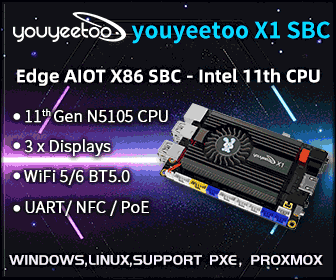Cloudsto AllWinner A20 Android 4.2 mini PC and Set-top Boxes
AllWinner A20 is a dual core Cortex A7 processor destined to provide an easy pin-to-pin compatible upgrade for AllWinner A10 devices, and the first devices start to appear on the market with several Cloudsto offerings running the latest Android 4.2 Jelly Bean: A20 Media Stick – AllWinner A20 mini PC with 1GB RAM, 4GB Flash, HDMI output, 2x USB Ports and IR receiver. Price: 59.99 GBP ($90.88 US) A20 Media PC – AllWinner A20 set-top box with 1GB RAM, 4GB NAND Flash, onboard Ethernet, HDMI + RCA Video output, Optical output, and 2 x USB Ports. Price: 84.99 GBP ($128.77 US) Cloudsto Media PC PRO DRIVEDOCK – AllWinner A20 set-top box with 1GB RAM, 4 GB Flash, a 2.5″ SATA Hard Drive Bay, HDMI, VGA, and RCA video output and more. Price: 94.99 GBP ($143.92 US) The Media PC PRO DRIVESTOCK is the star of the show, and just looks […]





